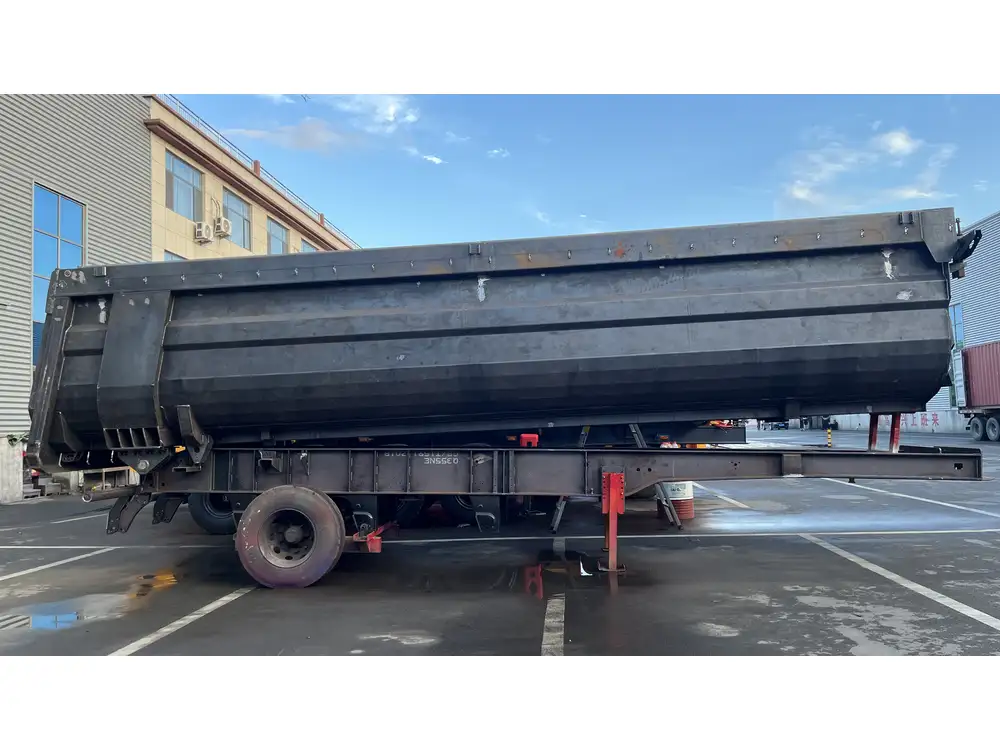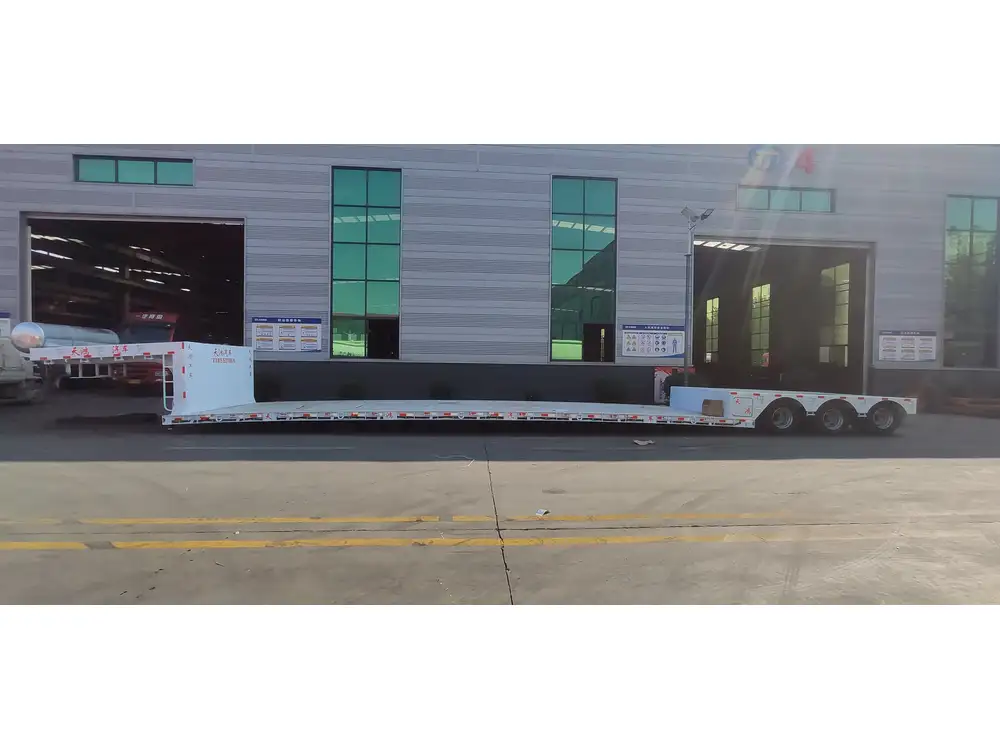In the realm of heavy-duty transportation, ensuring the seamless operation of all vehicle systems is paramount. Among those systems, air brake lines hold a crucial position, functioning as the lifeline for safe and efficient braking. However, cold weather can pose significant challenges, leading to frozen air brake lines. In this guide, we will delve deep into how to thaw air brake lines on a semi-trailer, addressing common issues, offering step-by-step solutions, and equipping you with essential knowledge to overcome this winter hurdle.
Understanding the Problem: Why Air Brake Lines Freeze
The Science of Air Brake Systems
Air brake systems operate by using compressed air to create the necessary pressure for brake activation. In the case of semi-trailers, cold weather can lead to condensation within the lines, which may freeze and block airflow. This can result in the inability to engage or release the brakes, creating a hazardous situation.

Conditions Leading to Frozen Brake Lines
- High Humidity: Increased moisture in the air can lead to condensation within the brake lines.
- Temperature Drops: Sudden drops in temperature, particularly in regions where the weather fluctuates drastically, can exacerbate the freezing issue.
- Inadequate Maintenance: Lack of regular maintenance can lead to moisture accumulation and debris buildup in the brake lines.
Preventative Measures: Keeping Air Brake Lines Functional
Regular Maintenance
Routine inspections are crucial for preventing brake line freezes. Ensure that:
- Air Dryers are functioning properly, removing moisture from the system.
- Brake Lines are checked for cracks or leaks that may harbor moisture.

Use of Additives
Utilizing anti-freeze additives designed for air brake systems can significantly reduce the risk of freezing. These additives lower the freezing point of moisture within the lines.
Insulation Techniques
Implementing insulation on air lines can provide an additional layer of protection against extreme temperatures. Consider heat tape or insulating wraps specifically designed for brake lines.
Steps to Thaw Frozen Air Brake Lines
Here’s a structured approach to thawing your air brake lines safely and effectively.

Step 1: Safety Precautions
Before attempting to thaw your air brake lines:
- Park in a Safe Area: Ensure the vehicle is on level ground, away from traffic.
- Engage the Parking Brake: Always activate the parking or emergency brake to prevent unintended movement.
- Use Protective Gear: As with any mechanical work, wear gloves and safety glasses to protect yourself.
Step 2: Identify the Problem Area
Visual Inspection
Start with a thorough visual inspection of your air brake system:
- Check the Compressor: Ensure it is functioning correctly; a malfunction can contribute to system moisture.
- Examine the Lines: Look for visible blockages or leaks.

Listen for Unusual Sounds
Awareness of any hissing or popping sounds while the air pressure is building up can indicate frozen lines.
Step 3: Thawing Techniques
Once you’ve established that your air lines are frozen, utilize one or more of the following methods for thawing:
| Method | Description | Pros | Cons |
|---|---|---|---|
| Heated Air Blower | Direct hot air into the affected line using a heated air blower. | Fast and effective. | Careful of overheating. |
| Hot Water | Pour hot (not boiling) water over the frozen section of the line to thaw it gradually. | Simple and requires minimal tools. | Potential for rust if not dried properly. |
| Heat Tape | Apply electric heat tape to the frozen sections prior to cold weather to provide warmth. | Prevents freezing proactively. | Can be costly and requires installation. |
| Warm Engine Block | Use the heat from the engine by allowing it to run, creating warmth in surrounding areas. | Effective for temporary thawing. | Risk of overheating components. |
Step 4: Air System Reset
After achieving thawing, it’s vital to reset your air system:
- Release the Parking Brake: Let the system equalize to ensure proper brake engagement.
- Build Air Pressure: Allow the compressor to refill the air tanks to operating pressure.
- Check for Leaks: Inspect for any potential leaks or further issues that may have arisen during the thawing process.

Step 5: Regular Monitoring
Post-thaw, maintain vigilance:
- Monitor Brake Performance: Pay attention to brake responsiveness and any signs of further freezing.
- Document the Process: Keeping records of issues and solutions can assist in preventing future occurrences.
Troubleshooting Common Issues
What If the Lines Remain Frozen?
If, after multiple thawing attempts, the brake lines remain frozen, consider the following:
- Seek Professional Help: Sometimes, expert intervention is required, especially if there is a significant blockage.
- Check for Internal Issues: There may be internal damage to the air brake system that requires replacement.

Unexpected Noises After Thawing
Post-thawing, if you hear unusual noises:
- Inspect the Compressor: It may be working harder than necessary due to blocked lines or faulty valves.
- Check Connections: Ensure all connections are secure and that no air is leaking.
Conclusion
Frozen air brake lines in semi-trailers not only disrupt operational efficiency but also pose significant safety risks. By understanding the contributing factors, implementing preventative maintenance, and following the outlined steps for thawing frozen lines, you can safeguard your vehicle against cold-weather challenges.
Being proactive is essential; hence, regularly inspect the air brake system, utilize suitable additives, and employ effective thawing techniques. With the right knowledge and approach, the winter months can be navigated with greater confidence and safety, ensuring that semi-trailers remain in optimal working condition.



